The progressive development of man is vitally dependent on invention.
Nikola Tesla
The most badass inventor of his time had truly great vision in his eyes. Of all his visionary and rather weird ideas, ‘Air Charge’ or the concept of true wireless charging was the most contemplated yet feasible thought which he etched in papers.
A ‘World of Wires’ was a phrase coined in 1877 when telephones ☎ were stereotypically viewed as a communication device with long strands of wires. But since then, tech has picked-up a rapid pace and we have developed wireless telephones, wireless connectivity, wireless computers; But for the very first time Xiaomi has been able to showcase “True Wireless Charging.” 😲 Goodbye to those frustrated feelings you experience when you forgot to turn on your charger switch. 👋
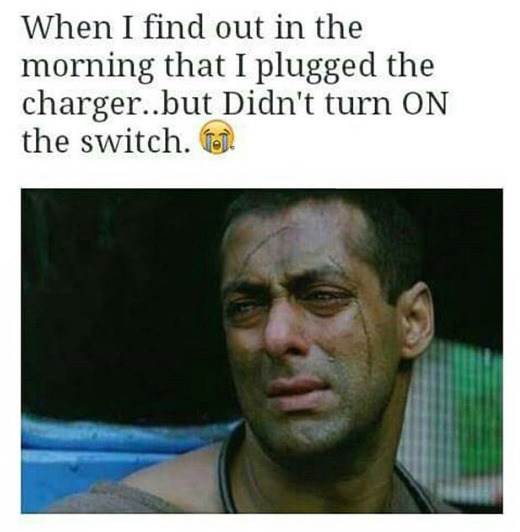
Goodbye dear cable, Wait! Too soon, isn’t it. 🤔
The Teardown of MI’s Air Charge Technology
Xiaomi claims that their technology will be able to charge smartwatches, bracelets, and most importantly phones. As per the company’s claims, the future of devices will be built on true wireless design.
But is this a marketing move by Xiaomi or this tech actually work?! To understand why other companies like UBeam, Wi-Charge, Energous, etc… failed to roll the Air Charge tech on the assembly lines, let’s understand the underlying concept here.
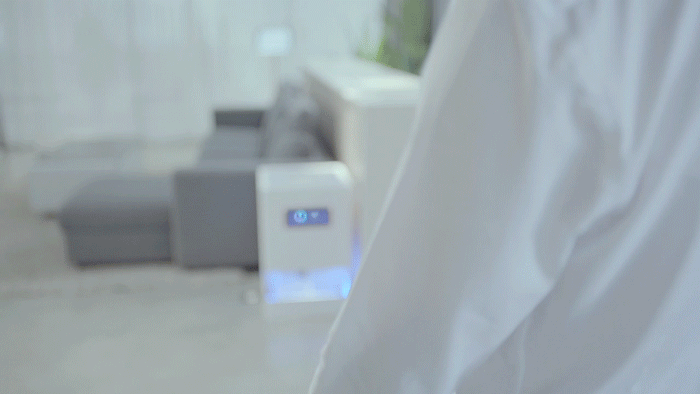
The core technology lies in spatial positioning and energy channeling. The system has integrated 5-phase interference antennas that detect and locate the position of mobile within a specific radius. A Phased controlled array consisting of 144 antennas transmits millimeter-wide waves straight through Beamforming.
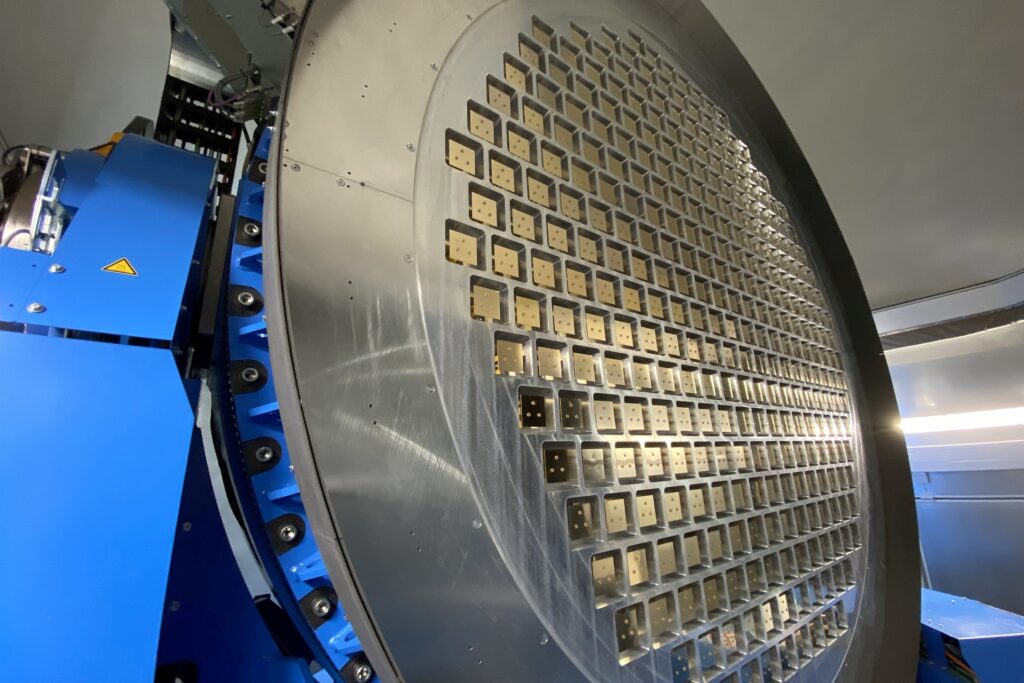
The spacing between antenna elements is generally more or less around half the wavelength.
Now the relationship between frequency and wavelength is:
λ = 300/f
Also, note that the length of an antenna depends upon the frequency of operation. Hence,
L = 492/f
So at 5 GHz or 5000 MHz, a half a wavelength is,
λ/2 = 150/5000 = 0.03 m or 1.18 inches
At 28 GHz, a half wavelength is exactly,
λ/2 = 150/28000 = 0.0053 m or 0.21 inches
Many of the 5G spectrum in development use the same frequency of operation as Air Charge, hence the name Millimeter waves.
At these frequencies, large arrays can be packed in a small place with the size of the antenna becoming so small that it can be integrated onto a semiconductor chip.🤯 The Phased array is important for Gain incrementation, Directivity, and Interference minimization. The waves are transmitted to the mobile device via beamforming.
What the heck is Beamforming?
The word reminds me of a scene of Infinity war where Iron man focuses all his sonic thrusters to hit one of the Thanos’ children.😂 But imagination is still far from reality, beamforming has not been applied thoroughly on acoustics yet, wait, I am going off track here. The main focus here is on electromagnetic waves.
Beamforming in simple terms is a technique used to transmit wireless signal towards a specific receiver than having the signal spread in all directions like a broadcast antenna. All this works because of one of the most famous experiments performed by a physicist Young known as Interference.
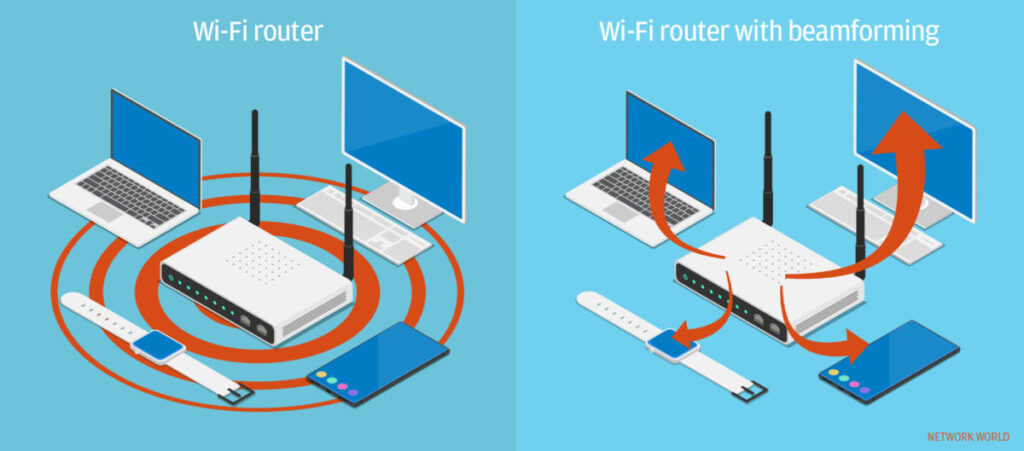
A single antenna broadcasts signal in all directions much like a ripple that spreads across still water. But a phased array has many antennas simultaneously pointing in the same directions. Hence, using the process of interference every antenna sends the same frequency of the signal at slight intervals from one another. The result is constructive interference at some point which strengthens the network while destructive at other points rendering signals at some places undetectable.
By focusing the signal where the actual receiver is, it can deliver a high-quality superior network without the need for broadcast power.
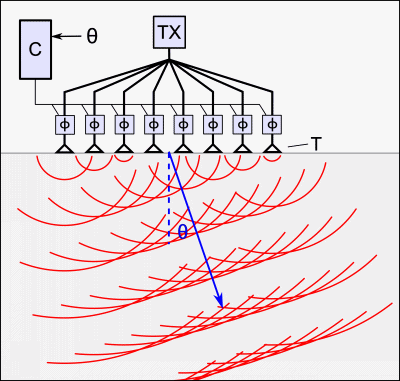
On the mobile end, a miniaturized antenna array with a built-in ‘Beacon array’ and ‘Receiving array’ is attached. The Beacon array as the term signifies broadcasts location information. Receiving Array composed of 14 antennas convert the millimeter-wide wavelengths through a rectifier circuit into electric energy turning the sci-fi experience into reality.
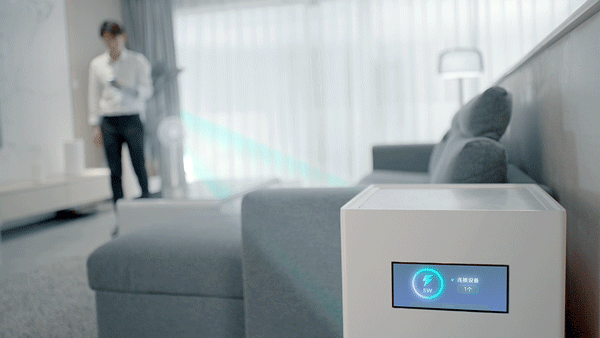
Air charge: A Technological Innovation or Marketing stunt
As of now, Xiaomi’s charging tech delivers 5 Watts of power at a steady rate for a single device within a radius of several meters. Apart from this, you can charge multiple devices at the same power and physical obstacles cannot even reduce the efficiency.
Till now, these kinds of Sci-fi tech intrigued me but I wanted to know what the critics were saying. As it seems Action is loud, but critics tend to speak louder. Why the above companies I mentioned failed, because of two major reasons.
Firstly, it’s always Efficiency. After seeing a few videos and reading some papers (Not newspaper!😆), I concluded that under ideal conditions to deliver 5 W of power you need at least 500-1000 Watts of input power. That’s around 5-10 % efficiency even in ideal conditions. You are probably wasting so much energy as heat that your room temperature would rise by 0.5 or 1°C (just kidding, though it can happen!😮).
Secondly, not yet feasible or plausible. Even if the tech works, it needs a certain degree of improvement before hitting the market, or else the product would crash the wall itself. Another factor to consider here is that it’s not universal or currently compatible. For the tech to work, you need an array at the device end too. And needless to say, it won’t work with your current-gen mobiles or even non-Xiaomi devices. Costs always seem to be a hidden factor at play in these kinds of technologies. Unless and until the cost is not revealed assuming anything would be like ignoring air resistance in a real-world physics problem.
Hopefully, this time a big corporation has invested heavily in this and Motorola too is working on a remote charging solution. Seeing the big players at play I don’t think the other players are anywhere behind. Lastly, what was once a fragment of the imagination of Nikola Tesla’s mind is now being built into reality.
Dreams are Nothing but a wild conceit; An Idle Fantasy; A Visionary Scheme.
RDX


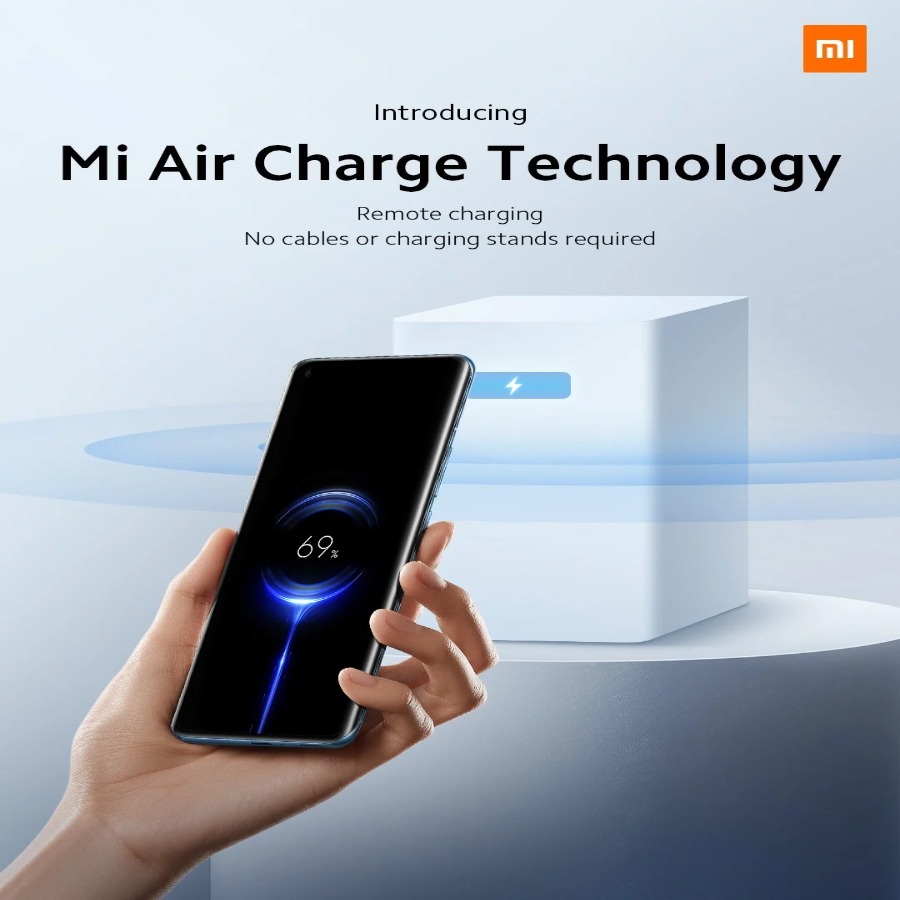

Your means of explaining all in this article is actually nice, all be able to simply know it, Thanks
a lot.
Greate post. Keep writing such kind of info on your page.
Im really impressed by your site.
Hey there, You’ve done a fantastic job. I’ll definitely digg it and personally suggest to my friends.
I am sure they will be benefited from this site.